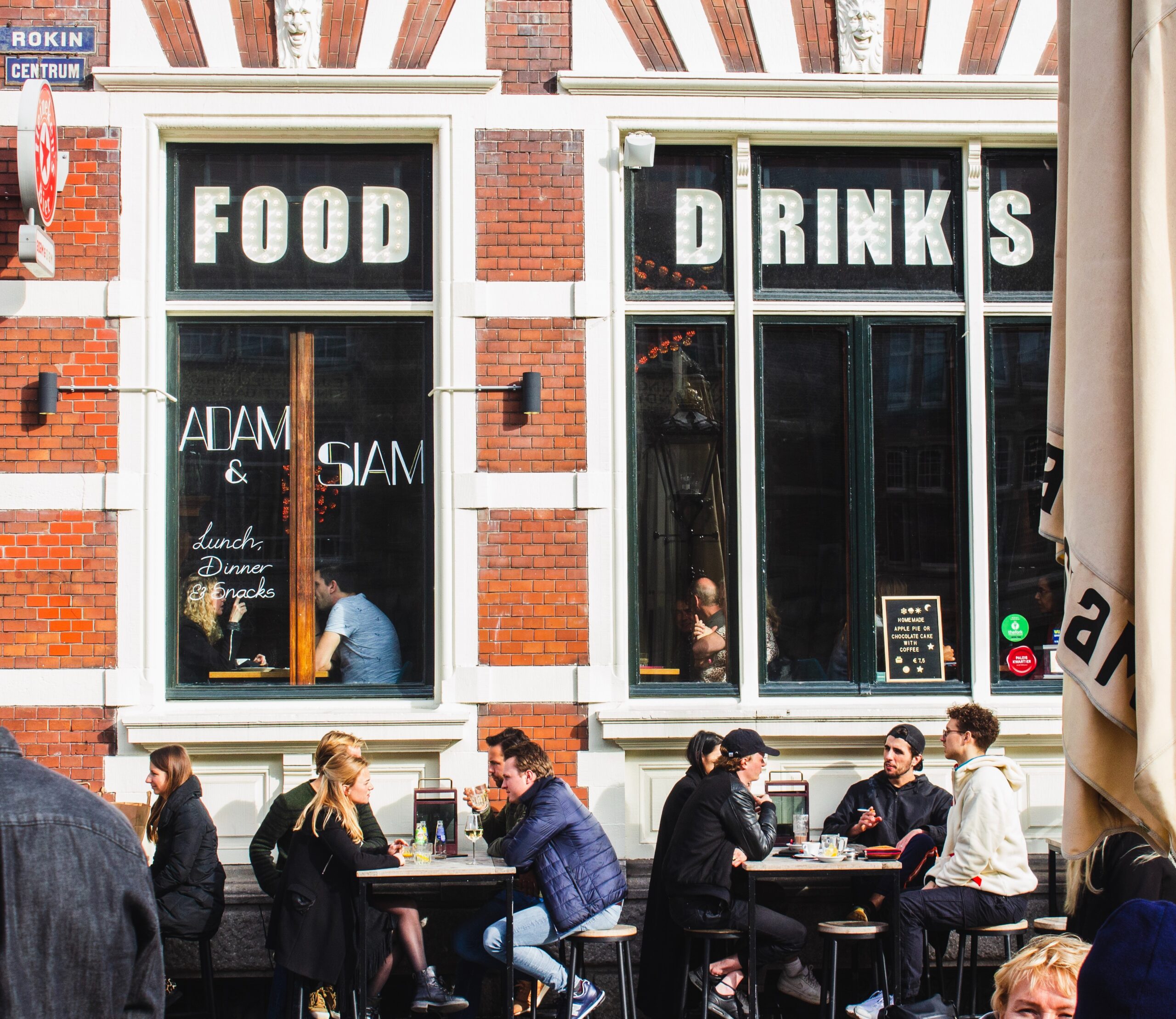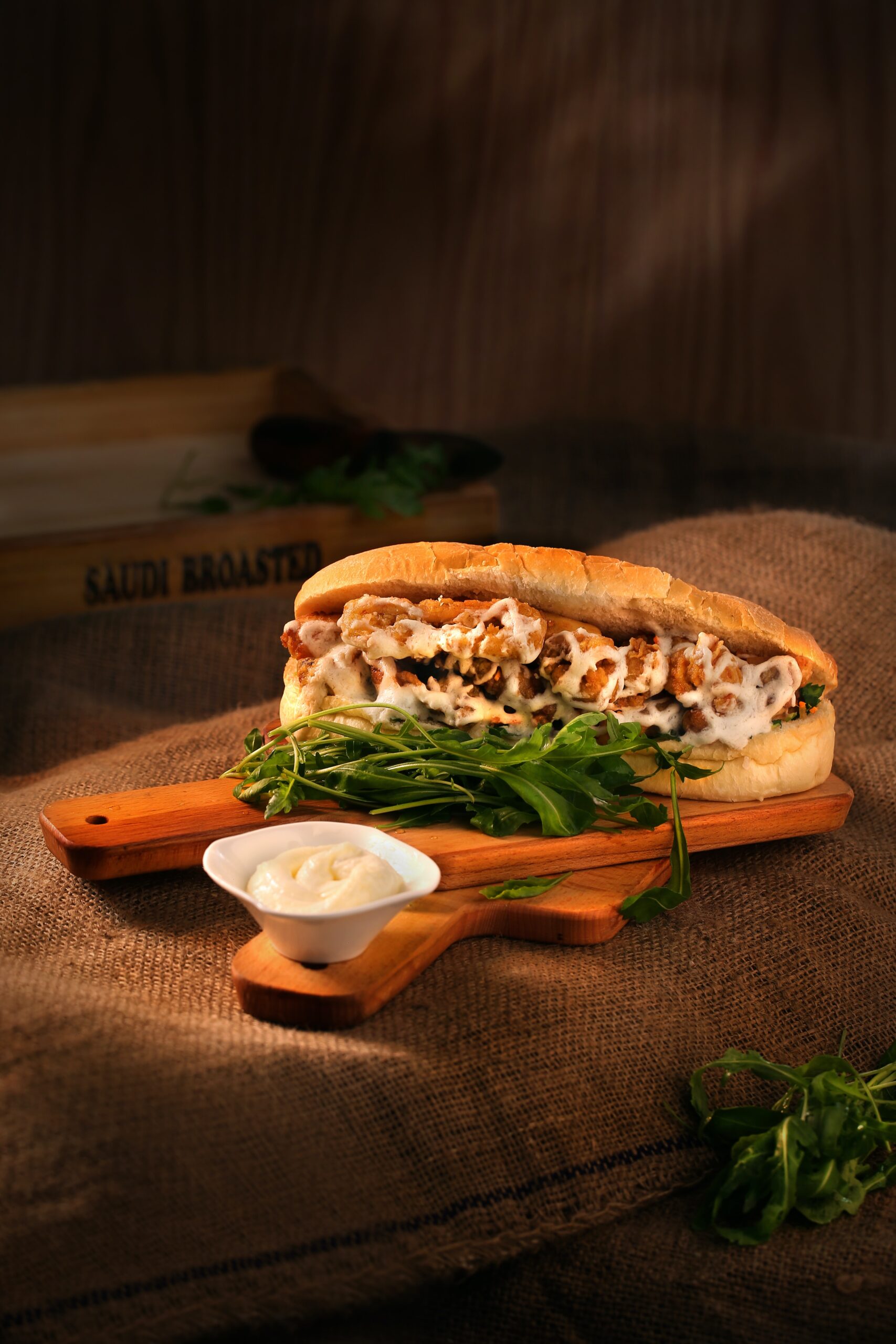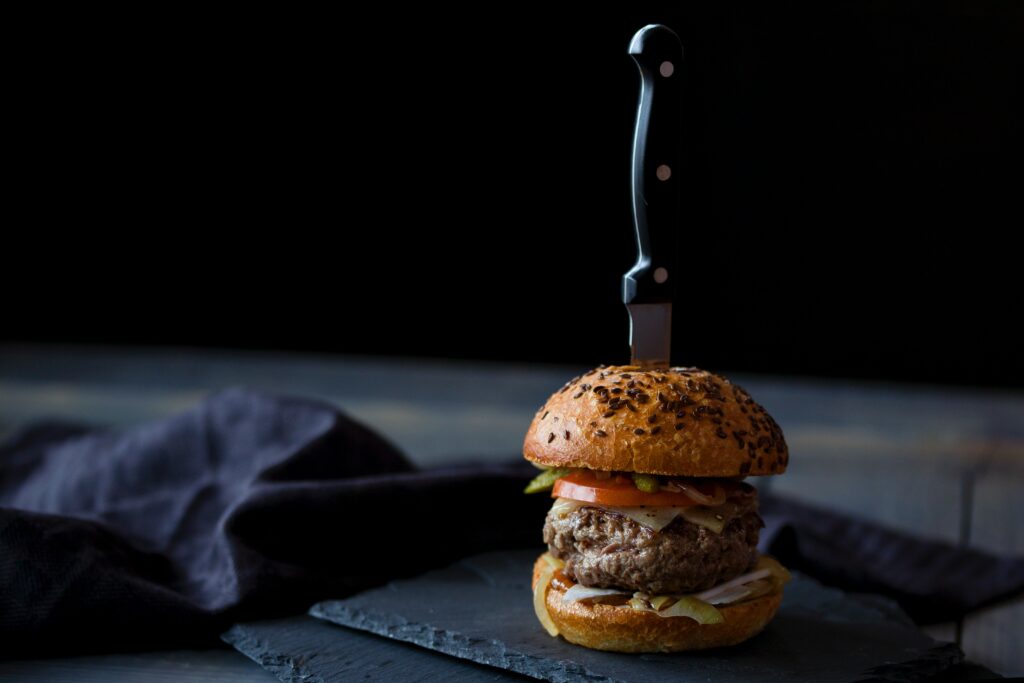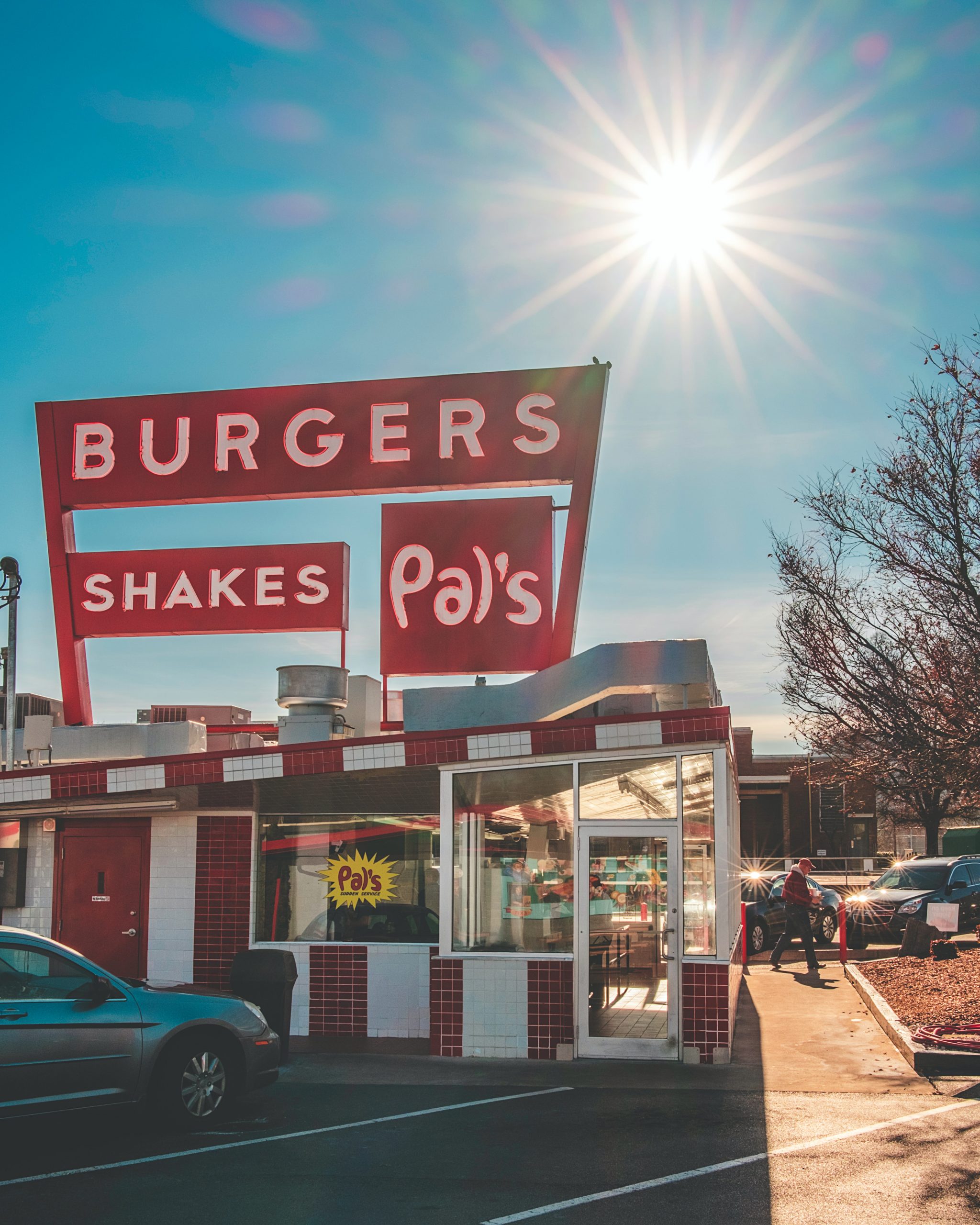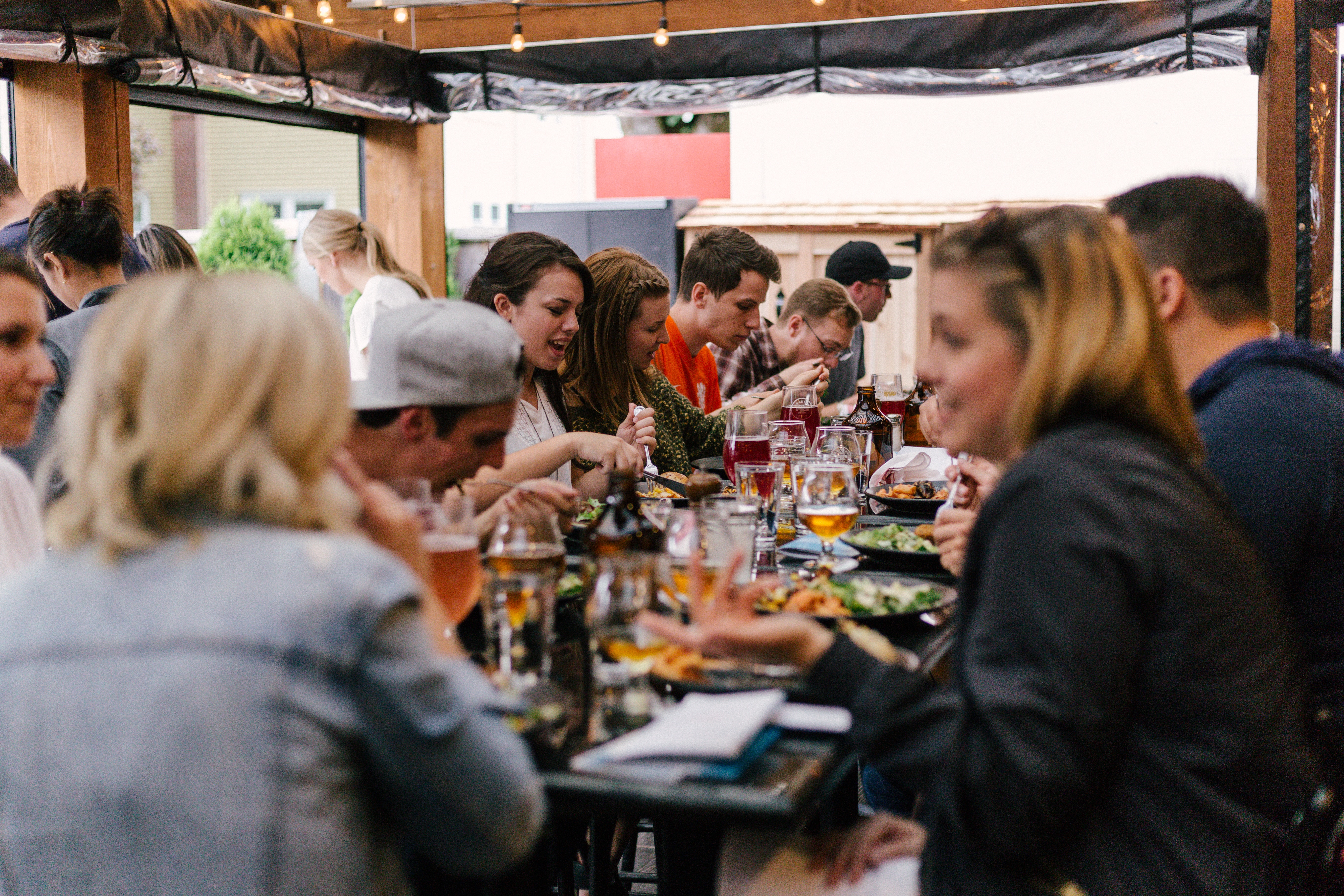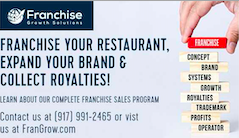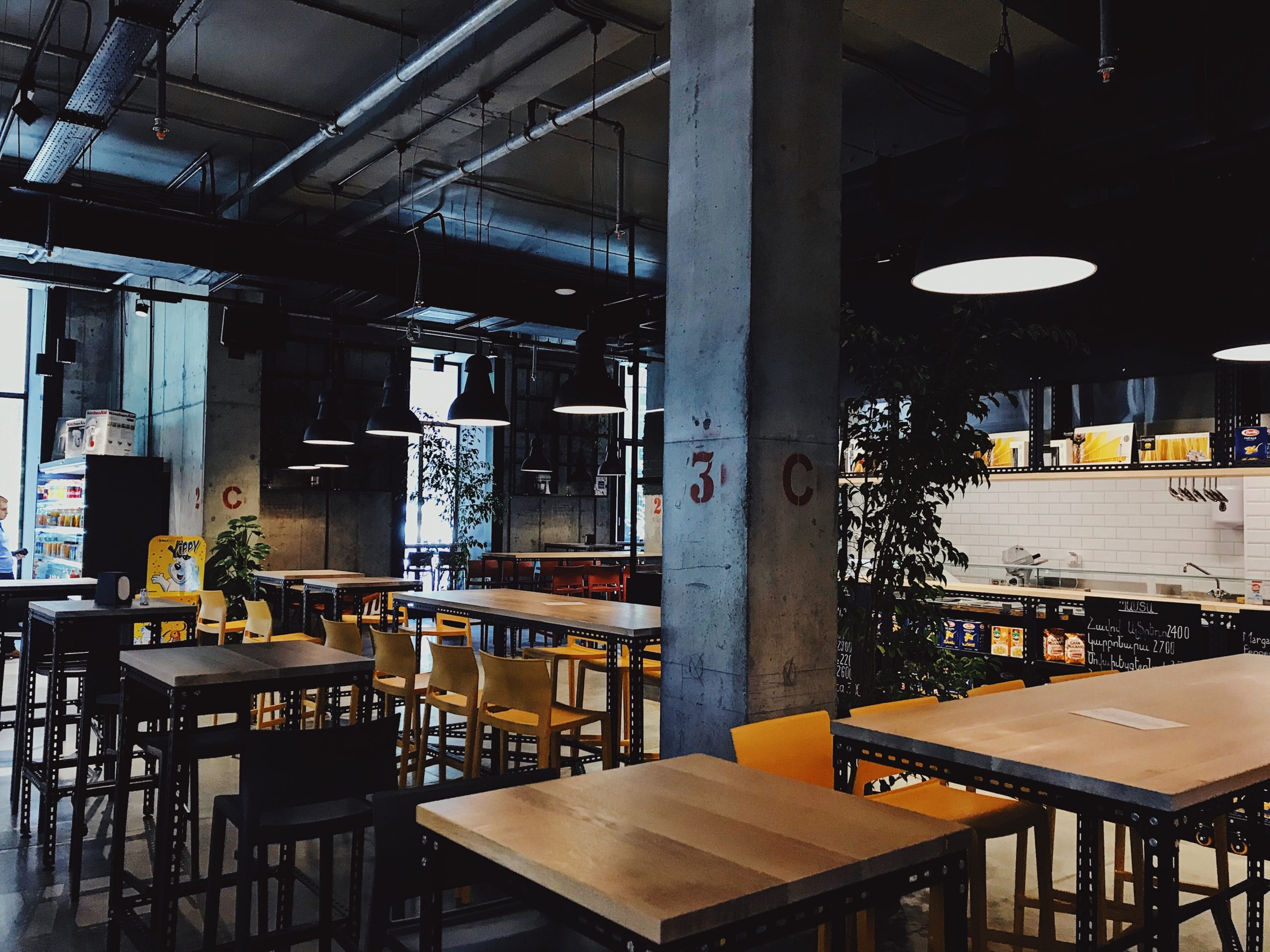Photo by Louis Hansel on Unsplash
As we anticipate the culinary landscape of 2024, it is evident that restaurants are gearing up to meet the evolving demands of their patrons. Whether through sustainable practices, plant-based offerings, technological advancements, global fusion flavors, personalized menus, or immersive experiences, the industry is set to provide an array of exciting options
Trends Expected to Dominate Restaurants in 2024
by Franchise Strategist
Introduction:
In the ever-evolving landscape of the culinary world, staying ahead of the curve is paramount for restaurants seeking to attract discerning diners. As we step into the year 2024, the gastronomic scene is poised to witness a plethora of innovative trends that promise to tantalize taste buds and redefine the dining experience. In this article, we will explore the upcoming restaurant trends that are set to make waves in 2024, showcasing the industry’s commitment to culinary excellence and customer satisfaction.
Sustainable Dining:
Sustainability continues to be a driving force in the restaurant industry, with eco-conscious consumers placing a premium on environmentally friendly practices. Restaurants are embracing sustainable sourcing, reducing food waste, and adopting eco-friendly packaging. Keywords such as “sustainable dining,” “eco-friendly restaurants,” and “zero-waste practices” will undoubtedly gain prominence in 2024.
Plant-Based Revolution:
The plant-based movement is reaching new heights, and in 2024, we can expect an even greater emphasis on plant-based menus and alternatives. Phrases like “plant-based cuisine,” “vegan options,” and “plant-forward dining” will resonate with a growing audience seeking healthier and environmentally conscious dining choices.
Tech-Infused Experiences:
As technology continues to permeate every aspect of our lives, the restaurant industry is no exception. Keywords like “smart menus,” “contactless ordering,” and “virtual dining experiences” will become synonymous with establishments embracing innovative technologies to enhance customer service, streamline operations, and create a seamless dining experience.
Global Fusion Flavors:
Culinary boundaries are blurring as chefs experiment with diverse global flavors to create unique and fusion-inspired dishes. “Global fusion cuisine,” “international flavors,” and “culinary crossroads” will define the menus of trendsetting restaurants, offering patrons an exciting journey through the world’s diverse culinary traditions.
Hyper-Personalized Menus:
Consumer preferences are becoming increasingly individualized, and restaurants are responding by offering hyper-personalized menus. Utilizing data analytics and customer feedback, keywords such as “personalized dining,” “bespoke menus,” and “customized culinary experiences” will dominate discussions as restaurants strive to cater to the specific tastes and preferences of their clientele.
Immersive Dining Experiences:
In 2024, diners will seek more than just a meal; they crave immersive experiences. Restaurants are incorporating elements like live entertainment, interactive cooking demonstrations, and themed dining nights. “Immersive dining,” “live culinary performances,” and “interactive dining experiences” will be buzzworthy phrases associated with establishments offering more than just a delicious plate of food.
Conclusion:
As we anticipate the culinary landscape of 2024, it is evident that restaurants are gearing up to meet the evolving demands of their patrons. Whether through sustainable practices, plant-based offerings, technological advancements, global fusion flavors, personalized menus, or immersive experiences, the industry is set to provide an array of exciting options for diners seeking both culinary excellence and a memorable dining adventure. Stay tuned as these restaurant trends take center stage, shaping the way we dine in the years to come.
LEARN ABOUT FRANCHISING YOUR RESTAURANT CLICK HERE
===========================
This article was researched and edited with the support if AI

